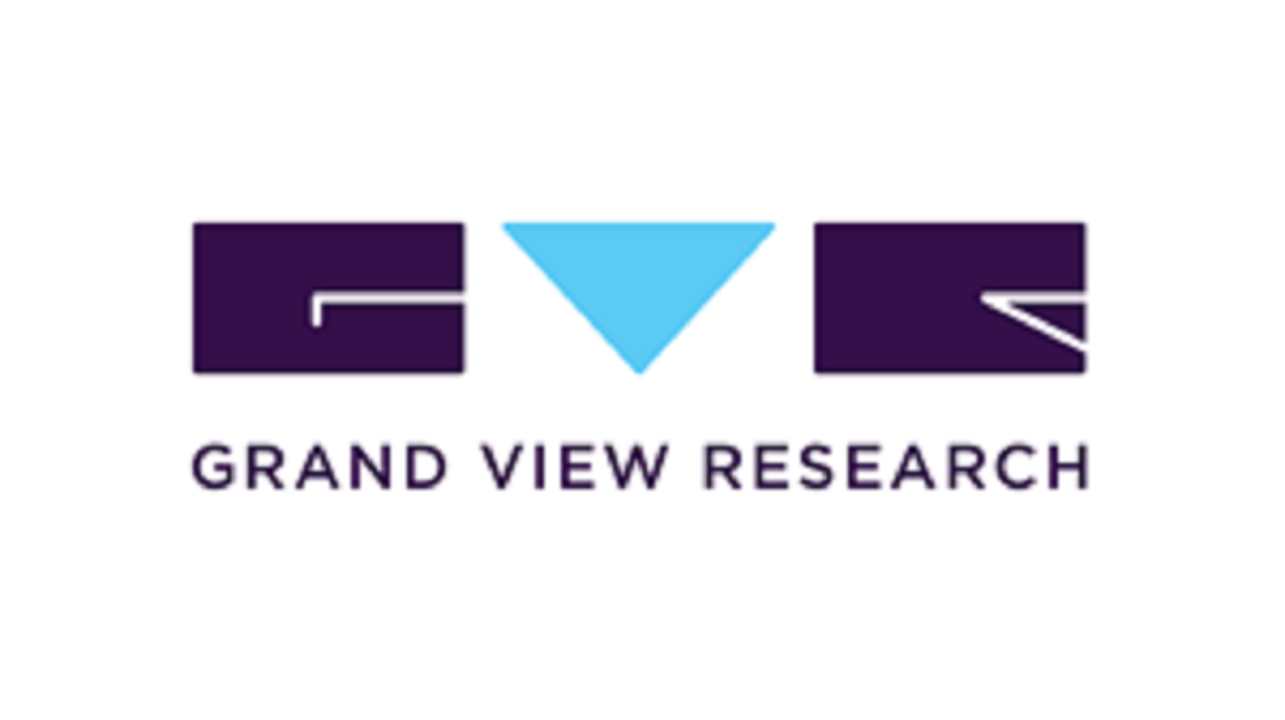The global maleic anhydride market was valued at USD 4,386.1 million in 2023 and is expected to grow at a compound annual growth rate (CAGR) of 4.2% from 2024 to 2030. The growth of this market is primarily driven by the increasing demand for unsaturated polyester resins (UPR), which are the key component in the production of fiberglass-reinforced resins. These resins are widely used in several high-demand industries such as automotive, marine, and construction. For example, they are integral to the manufacturing of construction products like sinks, countertops, and bathtubs, which further stimulates the demand for maleic anhydride.
The unsaturated polyester resins (UPR) that are derived from maleic anhydride play a critical role in a variety of applications due to their versatility and durability. The automotive sector, in particular, uses UPR for manufacturing lightweight composite materials for vehicles, helping reduce the overall weight of automobiles, thus improving fuel efficiency and performance. Similarly, in the marine industry, these resins are crucial in producing corrosion-resistant materials for boats and ships. In the construction sector, maleic anhydride-derived resins are used for producing durable, aesthetic products such as sinks, countertops, and bathtubs, all of which contribute to the growing demand for maleic anhydride.
Gather more insights about the market drivers, restrains and growth of the Maleic Anhydride Market
Industry Dynamics
The maleic anhydride market is characterized by intense competition, with a large number of both small-scale and large-scale manufacturers and suppliers. The market's fragmentation has led to a rise in acquisitions and expansion strategies among key players to maintain or strengthen their positions. For instance, in 2023, PETRONAS Chemicals Group Berhad (PCG) acquired the 113 kilo-tonnes per annum (ktpa) Maleic Anhydride plant located in Gebeng, Kuantan, from BASF PETRONAS Chemicals Sdn. Bhd. (BPC). Such strategic acquisitions are common in the market as companies aim to increase their production capabilities, expand their geographical reach, and meet the growing demand for maleic anhydride globally.
Some of the key players in the maleic anhydride market include global leaders such as INEOS, Huntsman International LLC, Lanxess A.G., Mitsubishi Chemical Corp., NIPPON SHOKUBAI CO., LTD., and several others. These companies are continuously engaging in strategic initiatives such as acquisitions, joint ventures, and expansions to meet the growing market demand. The competitive landscape of the market is dynamic, with companies looking for ways to improve their market share through technological advancements, better manufacturing processes, and more efficient supply chains.
The maleic anhydride market is heavily influenced by evolving regulatory landscapes, which can impact both production processes and end-user applications. As industries across the globe face increasing pressure to adhere to environmental regulations, manufacturers are increasingly focusing on the development of bio-based maleic anhydride as an alternative to traditional production methods. This bio-based version is seen as a more sustainable and eco-friendly option, aligning with the global trend toward renewable and green chemistry solutions.
Additionally, the exploration of untapped markets in emerging economies presents a significant growth opportunity for the maleic anhydride industry. As countries in Asia-Pacific, Latin America, and Africa continue to industrialize and urbanize, the demand for maleic anhydride and its derivatives in sectors such as automotive, construction, and consumer goods is expected to rise significantly. Manufacturers are also increasingly investing in research and development (R&D) to improve the efficiency of maleic anhydride production and to explore new applications, which could further fuel the market's growth.
Order a free sample PDF of the Maleic Anhydride Market Intelligence Study, published by Grand View Research.


